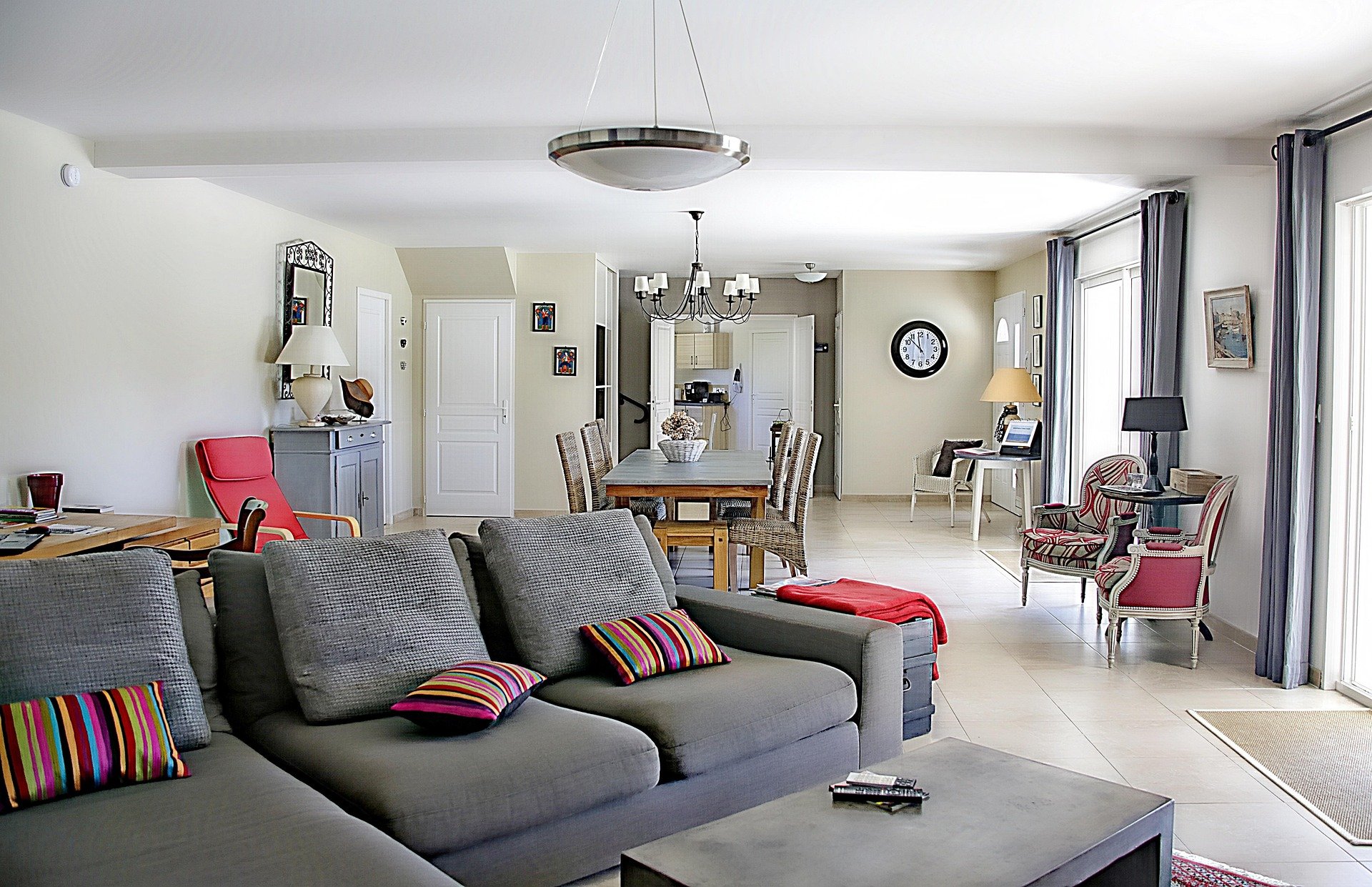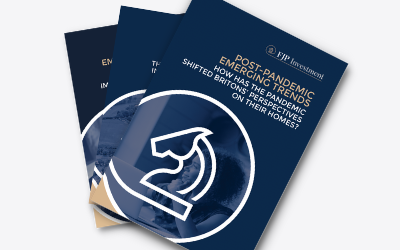Should You Rent Furnished or Unfurnished?
Choosing whether to rent a property furnished or unfurnished is a pivotal decision impacting both landlords and tenants. This decision can influence property appeals, financial outcomes, and tenant satisfaction. With various pros and cons associated with each option, understanding these differences is crucial for making the best choice. This comprehensive guide explores these facets, offering insights to aid landlords and tenants in navigating their rental agreements effectively.
Understanding Furnishing Categories
Firstly, it’s essential to delineate what “furnished” and “unfurnished” entail. Unfurnished properties, contrary to popular belief, are not typically bare. They include essential fixtures: kitchen appliances (such as cookers and refrigerators), bathroom fittings, flooring, and window dressings like curtains or blinds. Furnished rentals, conversely, provide a broader array of amenities, from sofas and dining sets to bedroom furniture and sometimes even kitchenware, creating a more turn-key living option for tenants.
The Landlord’s Perspective: Strategic Furnishing Decisions
For landlords, the decision to furnish a property is strategic, influenced by market demands, tenant demographics, and financial considerations. To optimize rental income and tenant satisfaction, landlords must weigh the benefits and drawbacks of each approach, tailoring their offerings to meet tenant expectations in their locality.
Advantages of Furnished Rentals for Landlords
- Higher Rental Income: Furnished properties can command higher rents, making them a lucrative option if managed correctly. Tenants often pay a premium for the convenience and comfort of move-in ready accommodations.
- Broader Tenant Base: Offering furnished rentals can attract a wider range of tenants, such as professionals on short-term contracts, expatriates, and corporate clients who prioritize convenience and flexibility.
- Tax Benefits: Costs associated with furnishing a property, including depreciation, can be tax-deductible, providing financial relief to landlords.
- Market Flexibility: Furnished properties can be marketed to various demographics and adjusted based on tenant demand, enhancing occupancy rates.
- Convenience: For landlords already possessing furniture, renting out a furnished property saves the hassle and expense of moving or storing these items.
Drawbacks of Furnished Rentals
- Upfront Costs: The initial investment in quality furniture can be significant, potentially offsetting rental income if not managed properly.
- Maintenance and Wear: Furnished properties may require regular maintenance and replacement of items due to wear and tear, increasing ongoing costs.
- Higher Risk of Damage: With more items in the property, the risk of damage increases, potentially leading to higher repair costs.
Advantages of Unfurnished Rentals for Landlords
- Lower Initial Outlay: Without the need to invest in furniture, landlords save on upfront costs, making unfurnished properties financially appealing.
- Reduced Liability: Landlords face lower risks related to furniture wear and tenant-caused damages, minimizing maintenance responsibilities.
- Stability of Tenants: Unfurnished rentals often attract long-term tenants who prefer personalizing their living space, thereby reducing turnover rates.
- Ease of Transition: Should a landlord decide to sell, having an unfurnished property eliminates the need to clear out furniture, streamlining the sales process.
Challenges with Unfurnished Rentals
- Limited Market Appeal: Some potential tenants might be deterred by unfurnished options, especially those seeking temporary accommodations or relocating from other regions.
- Rent Limitations: Although they save on furnishing costs, landlords might not achieve the same rental rates as with furnished properties.
Tenant Perspectives: Furnished vs. Unfurnished Rentals
From a tenant’s viewpoint, the choice between furnished and unfurnished properties hinges on personal needs, lifestyle, and financial strategy. Understanding these aspects can lead to decisions that enhance their rental experience and financial well-being.
Why Tenants Might Choose Furnished Properties
- Cost Savings on Furniture: Tenants avoid the significant expense of purchasing furniture, making furnished rentals appealing to those with stringent budgets or short-term stay plans.
- Convenience: These properties provide a hassle-free move-in experience, particularly beneficial for tenants relocating from afar or those between homes.
- Flexibility: Ideal for transient living, furnished rentals cater to professionals on temporary assignments or those in transitional life stages who prioritize flexibility over permanence.
- Immediate Comfort: With all necessities in place, tenants can settle quickly and comfortably without the stress of outfitting a new place.
Drawbacks for Tenants in Furnished Rentals
- Higher Rent: While avoiding furniture costs, tenants typically pay higher rental rates for the ease and accessibility of a furnished property.
- Personalization Limitations: Living with someone else’s furniture limits a tenant’s ability to customize their space fully, which may be undesirable for those seeking a personalized environment.
Why Tenants Might Opt for Unfurnished Rentals
- Personalization: Unfurnished properties offer tenants the freedom to fill their homes with personal furniture and décor, creating a space that truly feels like their own.
- Long-term Cost Efficiency: For long-term tenants, the overall cost may be lower since unfurnished properties often have reduced rent. Investing in furniture can be a one-time cost, and items can be moved to subsequent homes.
- Lower Deposit Concerns: Without the risk of damaging landlord-owned furniture, tenants might face fewer deductions from their security deposits, leading to greater peace of mind regarding their financial obligations.
- Fewer Restrictions: Tenants of unfurnished properties are typically more at liberty to make minor adjustments or improvements, contributing to a home-like atmosphere and greater satisfaction.
The Middle Ground: Part-Furnished Rentals
For those seeking a compromise, part-furnished rentals present a viable option. Part-furnished properties typically include essential large items, such as beds or wardrobes, while allowing tenants the flexibility to add personal touches. This model can satisfy both landlords and tenants, offering convenience without the commitment of fully furnishing or unfurnishing a property.
Benefits for Landlords of Part-Furnished Rentals
- Appeals to Both Markets: This flexible option can attract a broader tenant base by accommodating those who want some essential items but still wish to personalize their space.
- Cost-Effective: Only investing in a few key pieces can lessen the financial burden compared to fully furnishing a property, while still justifying a slightly higher rental rate.
- Easier Asset Management: Moving key furnishing items between properties or replacing them becomes more manageable, especially for landlords managing multiple rentals.
Benefits for Tenants of Part-Furnished Rentals
- Balance of Convenience and Personalization: Tenants enjoy essential conveniences without sacrificing their ability to make personal design choices.
- Financial Flexibility: Lower upfront costs for furniture allow tenants to allocate resources elsewhere, such as in enhancing the property with decor that makes it feel more like home.
- Reduced Moving Stress: Having some pre-placed furniture alleviates the stress and expense associated with moving, particularly large or bulky items.
Making an Informed Decision
The decision between furnished and unfurnished rentals is multifaceted, involving careful consideration of financial implications, tenant lifestyle, and local market conditions. Landlords must evaluate their target market, property location, and tenant needs to align their rental offerings accordingly. Meanwhile, tenants should assess their personal preferences, rental duration, and budget to select the most suitable property type.
Ultimately, by conducting thorough market research and openly communicating needs and expectations, both landlords and tenants can forge positive, long-term rental relationships. With each option presenting distinct advantages and challenges, the choice largely hinges on individual priorities and the specific context of the rental market landscape. Such considered decisions ensure mutually beneficial outcomes where both parties achieve their respective goals, fostering satisfaction and stability in rental agreements.
ARE YOU READY TO START INVESTING?
Subscribe to our mailing list now for exclusive deals, investment guides and the latest information from the property market.








